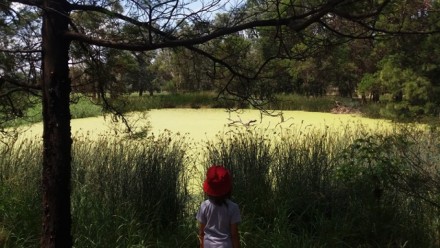Measuring the financial burden of tuberculosis in the Asia-Pacific region
Tuberculosis (TB) remains a major cause of morbidity and mortality worldwide. The World Health Organization (WHO) estimate that there were 10.4 million incident cases of TB in 2015, with 1.8 million deaths, making it a significant public health problem and a leading cause of death worldwide. However, major advances in TB control have been made; the TB mortality rate has fallen by 47% since 1990 and the TB incidence rate has fallen by 18% since the year 2000. The TB related Millennium Development Goal (i.e. to halt and begin to reverse TB incidence by 2015) was met worldwide, in all six regions of WHO. Despite this excellent progress, much remains to be done.
In 2014, the World Health Assembly approved the End TB Strategy, a global TB strategy which has the ambitious goal of eliminating the TB epidemic worldwide by 2035. It has three main goals, aligned to the Sustainable Development Goals: 1) a 95% reduction in TB deaths (relative to the levels in 2015, to be achieved by 2035), 2) a 90% reduction in TB incidence (relative to the levels in 2015, to be achieved by 2035) and 3) 0% of families experiencing catastrophic costs due to TB (to be achieved by 2020). My research directly addresses this third goal.
The catastrophic costs indicator is a new inclusion in the End TB Strategy, in recognition of the fundamental role of costs as a significant impediment to accessing health care services and completing TB treatment. Despite the fact that TB diagnosis and care is provided free of charge in many countries, a number of studies have demonstrated that TB patients incur significant costs when accessing diagnostic and treatment services. These costs can create barriers to accessing health care potentially leading to delayed TB diagnosis, ongoing transmission of TB in communities, poor TB treatment outcomes, excess mortality, and impoverishment. In addition, these costs often affect the poorest groups in society the most, further placing individuals and families in a debilitating cycle of poverty and illness.
My current research consists of a series of TB patient cost studies in a number of countries in the Asia-Pacific region including Timor-Leste, Fiji and Papua New Guinea. Using a survey methodology and a data collection instrument developed by WHO, I am measuring TB patient costs and working with WHO to further refine the methodology of measuring TB patient costs. I am also working with Ministries of Health to ensure that the results of such surveys can be translated in to policies that protect the poor from financial stress when accessing health care.
Partnerships
- Karolinska Institutet
- World Health Organization- Global TB Programme (Headquarters), Western Pacific Region Office, Timor Leste Country Office, Papua New Guinea Country Office, Division of Pacific Technical Support
- Papua New Guinea Department of Health
- Timor-Leste Ministry of Health
- Fiji Ministry of Health and Medical Services
- United States Centers of Disease Control and Prevention (Papua New Guinea TB patient cost survey)











